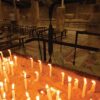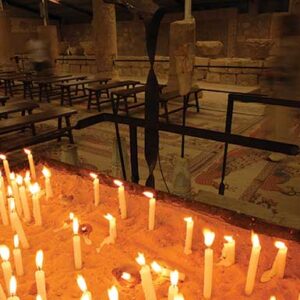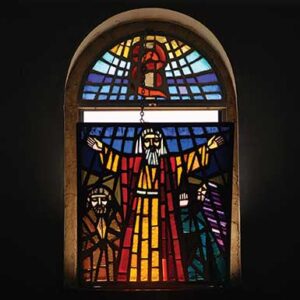
Amman to Desert Castles
From: 65 JOD
Amman to Desert Castles
History
The castles were built between the 7th century and 8th century, roughly between 660 and 750, under the caliphs of the Umayyad dynasty who had made Damascus their new capital in 661. The majority of the castles lie on the ancient trade routes towards Medina and Kufa.
The castles are partly rebuilt from earlier remains and partly new constructions. The function and use of the buildings are yet today not quite determined, scholarship has suggested that they might have served a variety of defensive, agricultural, residential and commercial purposes. There are different theories concerning the use of the buildings. They may have been fortresses, meeting places for Bedouins (between themselves or with the Umayyad governor), badiyas (retreats for the nobles) or used as caravanserais. Many seem to have been surrounded by an oasis and to have served as bases for hunting.
The castles represent some of the most impressive examples of early Islamic art and Islamic architecture, and are notable for including many figurative frescos and reliefs and people and animals, less frequently found in later Islamic art on such a large and public scale. Many elements of the palaces are also on display in museums in Amman.
Most of the buildings are now destroyed. Among the better preserved are:
- Qasr Kharana, about 65 km (40 mi) east of Amman
- Qasr Amra, about 85 km (53 mi) east of Amman
- Qasr Azraq, about 100 km (62 mi) east of Amman


